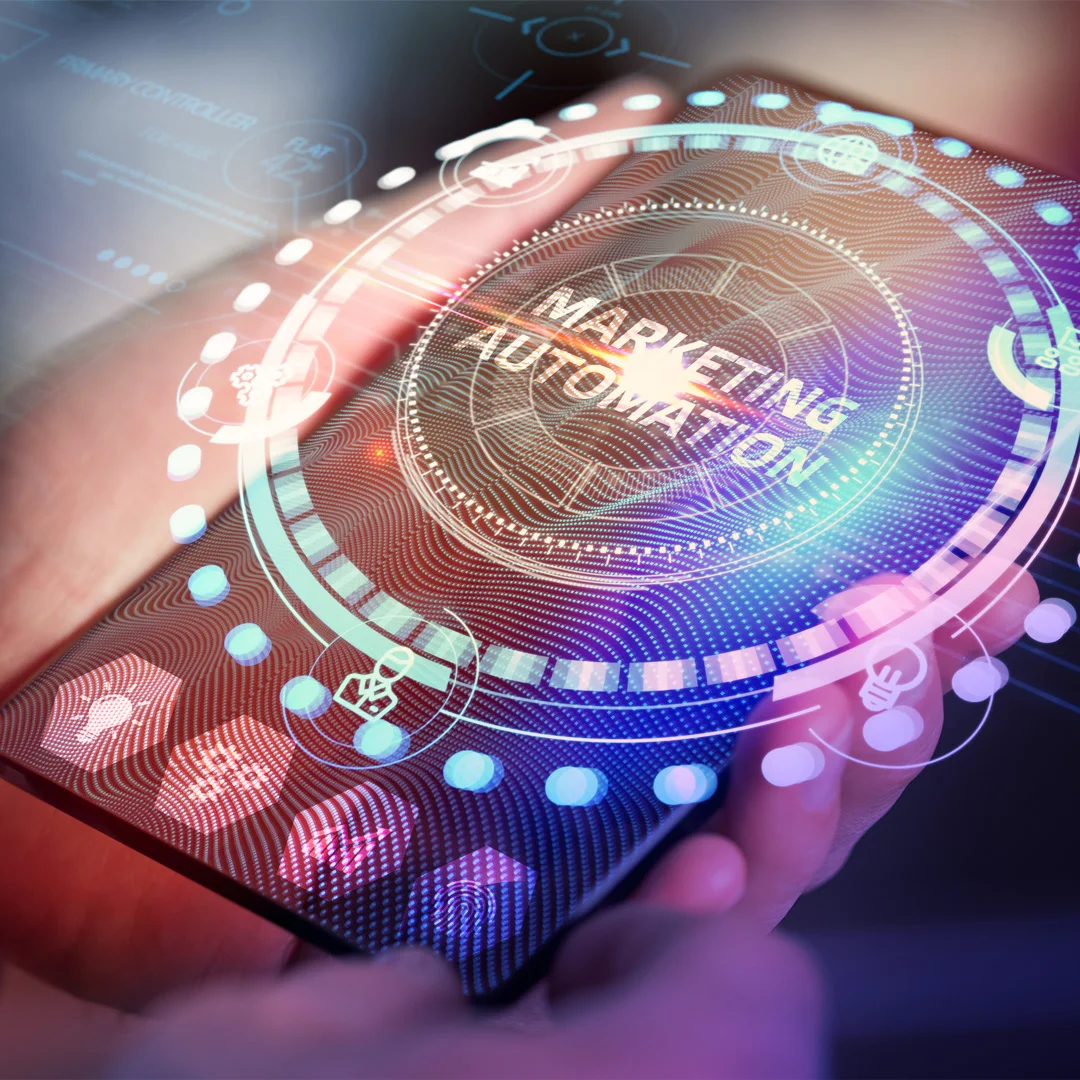How to Get Started with Marketing Automation

As of March 2024 we have renamed Apexchat to Blazeo. We are excited to share the next part of our journey with our customers and partners.
The name ApexChat implies that we are primarily a chat company, which is no longer true. Now we have many offerings, such as call center services, AI, Appointment setting, SMS Enablement, Market Automation, and Sales acceleration (Q2 2024), that go beyond chat. The new name will not only allow us to convey the breadth of our offering but will also better convey our company’s mission and values.
Blazeo, which is derived from the word Blaze, evokes a sense of passion, speed, and energy. A “Blaze” is captivating, illuminates, and represents explosive growth. Blazeo encapsulates our mission to ignite such growth for our customers and partners by delivering innovation with passion, speed, and energy.

(Updated on 2/9/2025)
Getting started with marketing automation is essential for businesses looking to streamline their marketing efforts, nurture leads, and boost efficiency. By automating repetitive tasks like email marketing, social media posting, and customer segmentation, companies can focus on strategy while delivering personalized experiences to their audience. This guide will walk you through everything you need to know about getting started with marketing automation, from its benefits to step-by-step implementation strategies that drive real results.
Marketing automation refers to the use of software and technologies to automate marketing tasks and workflows. These tasks often include email marketing, social media posting, lead nurturing, and customer segmentation. The primary goal is to deliver personalized experiences to customers and prospects without manual intervention, thereby increasing efficiency and consistency in marketing campaigns.
Key Components of Marketing Automation:
Implementing marketing automation offers numerous advantages:
Embarking on the marketing automation journey requires careful planning and execution. Here's a step-by-step guide to help you get started:
Identify what you aim to achieve with marketing automation. Common objectives include increasing lead generation, improving customer retention, and enhancing the efficiency of marketing campaigns. Clear goals will guide your strategy and tool selection.
Develop detailed buyer personas to understand your target audience's needs, preferences, and behaviors. This understanding is crucial for creating personalized and effective automated campaigns.
Select a marketing automation platform that aligns with your business needs and integrates seamlessly with your existing systems. Some popular options include:
When evaluating tools, consider factors such as ease of use, scalability, customer support, and pricing.
Ensure that your marketing automation platform integrates with your CRM, content management system (CMS), and other relevant tools. This integration facilitates seamless data flow and a unified view of customer interactions.
Content is the backbone of marketing automation. Create valuable and relevant content tailored to each stage of the customer journey. This strategy may include blog posts, e-books, webinars, and case studies. For insights on crafting compelling content, explore our content marketing services.
Implement a lead scoring system to prioritize leads based on their engagement and likelihood to convert. Assign points to various actions (e.g., email opens, website visits) to identify high-quality leads.
Create workflows that automate specific marketing processes, such as:
For more examples of effective workflows, check out our article on marketing automation strategies.
Regularly test different elements of your campaigns, such as subject lines, content formats, and sending times. Use A/B testing to determine what resonates best with your audience and optimize accordingly.
Utilize analytics to track the performance of your automated campaigns. Key metrics to monitor include open rates, click-through rates, conversion rates, and ROI. These insights will help you refine your strategy over time.
Stay updated on data protection regulations, such as GDPR and CAN-SPAM Act, to ensure your marketing practices comply with legal standards. This compliance builds trust with your audience and avoids potential penalties.
While marketing automation offers numerous benefits, it's essential to be mindful of potential challenges: